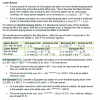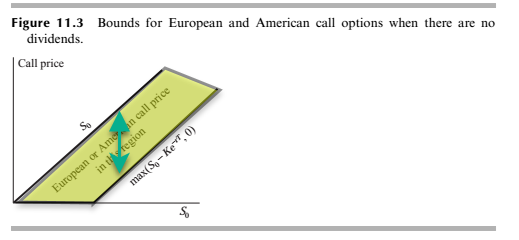wrongsaidfred
Member
Hi David,
According to Hull, dividends play a role in determining the lower bounds of options prices, but that does not appear in your video. If a question like this arises and the stock provides dividends, should we go by what Hull says?
I also have notes from a class I took that says dividends play a role in the upper bounds of option prices.
It states c (or C) < S-D and p<X*e^-rt+D and P<X+D.
Are these valid or necessary to use on the exam?
Thanks,
Mike
According to Hull, dividends play a role in determining the lower bounds of options prices, but that does not appear in your video. If a question like this arises and the stock provides dividends, should we go by what Hull says?
I also have notes from a class I took that says dividends play a role in the upper bounds of option prices.
It states c (or C) < S-D and p<X*e^-rt+D and P<X+D.
Are these valid or necessary to use on the exam?
Thanks,
Mike






